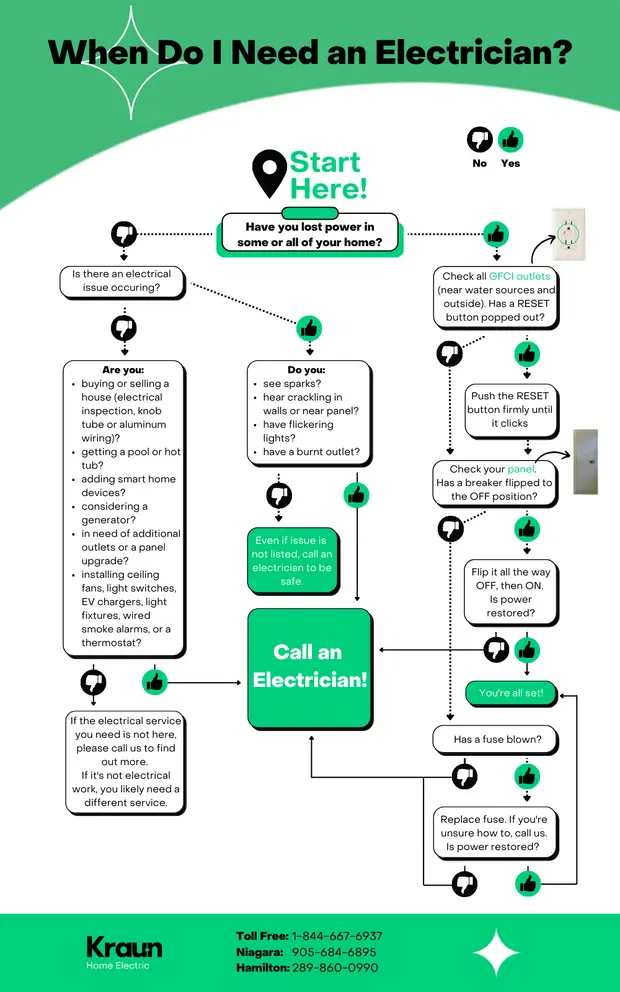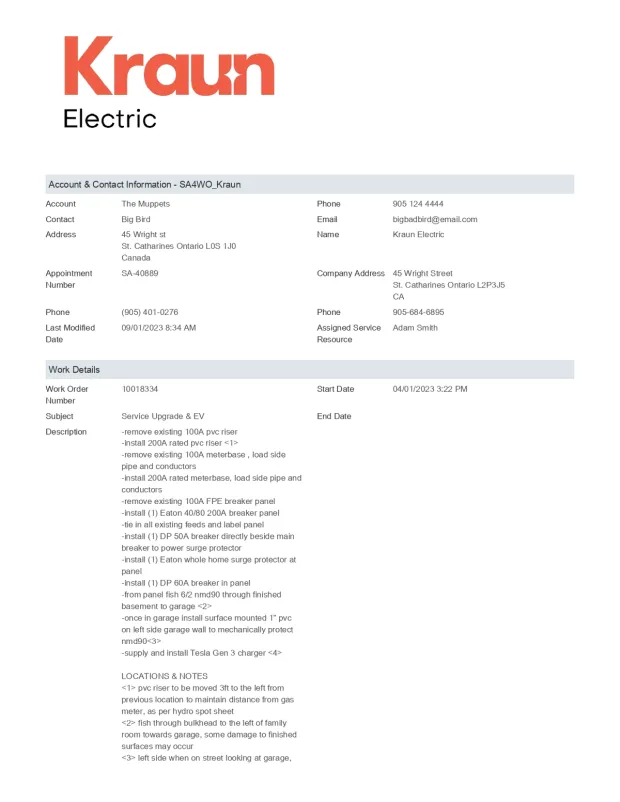Electrical systems play a crucial role in our daily lives, powering our homes, offices, and the myriad of devices we rely on. However, speaking to an electrician when looking for electrical services can be confusing.
Electricity terms are important to understand but tricky to remember, especially if you don’t hear them often. Understanding these common electrical terms and definitions helps you communicate effectively with professionals and allows you to make informed decisions regarding electrical repairs, upgrades, and safety.
We understand this difficulty for those unfamiliar with electrician-speak, so we’ve compiled a list of the top 10 electrical terms that every homeowner should know. Each term is defined and given context as to why it’s important. By the end of this read, you should be able to talk about your electrical system confidently. Whether you’re looking to enhance the safety and efficiency of your electrical setup or simply curious about the inner workings of your power supply, you’re in the right place.
Electrical system terms
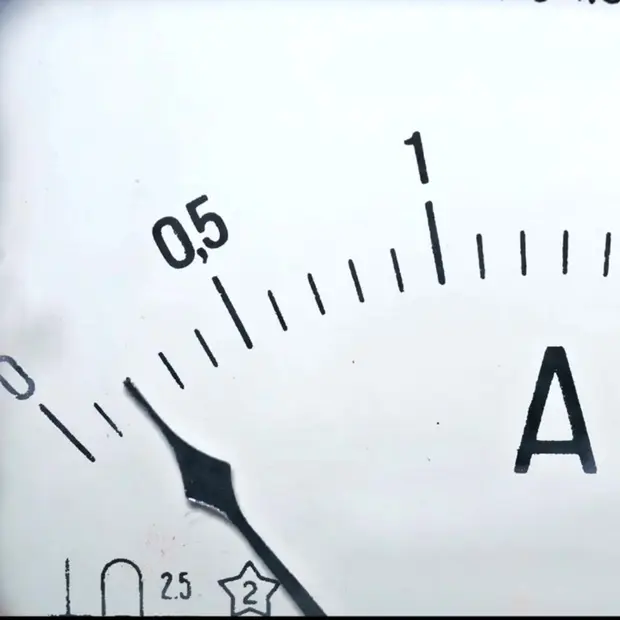
Circuit:
A closed loop or path of wires and devices that electricity flows through to power your home. Consider how a flashlight works. Once you put in a battery and put the cap on, electricity flows from the ‘+’ part of the battery through the lightbulb and back down into the ‘-‘ when you turn it on. Circuits flow through your home just like that.
Current:
The amount of electric charge that enters your home and flows through circuits, measured in amps. Homes typically run on electrical systems that use 100 to 200 amps. This amount of electricity is enough volume to power your home and all electrical appliances in it. You may need to upgrade that amount if you add more electrical elements, like a pool or EV charger.
Electrical Panel:
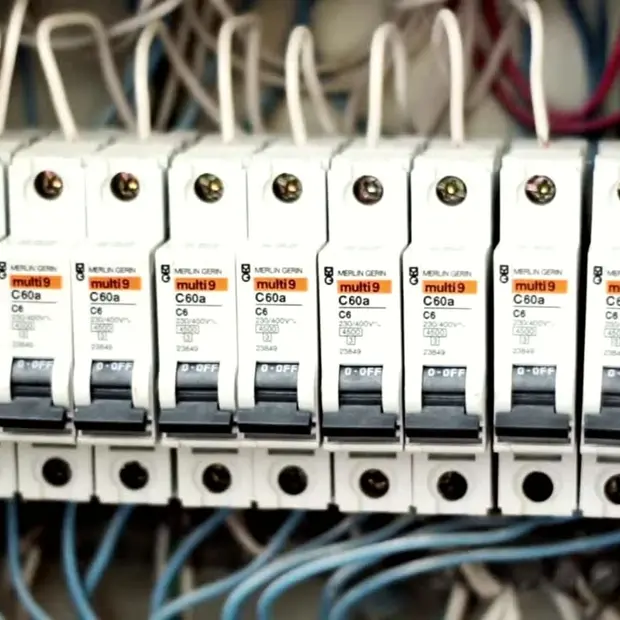
Also known as a breaker box or fuse box, it is a central component of your home’s electrical system. It takes the current that comes into your home from the grid and distributes it through the various circuits to bring your home to life.
Circuit Breaker:
Breakers or fuses are safety devices in your electrical panel that protect the circuits in your home. They automatically interrupt, or ‘trip,’ the current flow if problems occur in your circuits. For example, if too much is plugged in, the overloaded breaker will trip to prevent the circuit from overheating or melting and protect your home from fire.
Voltage:

The force or pressure, measured in volts (V), that pushes the current into and around your home. Having the proper appliances using the proper voltage is key to their safe use. In North America, the standard rate of voltage is 120V, but some appliances, like dryers, stoves and AC units, may need 240V to function. They get special outlets and circuits for that. Powering a 120V device with 240V will wreck its electronics.
Electrical Service:
The infrastructure that brings the correct amount of power into your home. In most cases, the service stack is a set of overhead wires that carries electricity from a hydro pole to your electrical panel via piping that starts on your home’s roof. In newer neighbourhoods, the electrical service often runs underground. If your home uses 100A, but you are adding electrical elements, then a service upgrade and a panel upgrade to 200A may be needed.
Section 2 – Electrical problem terms
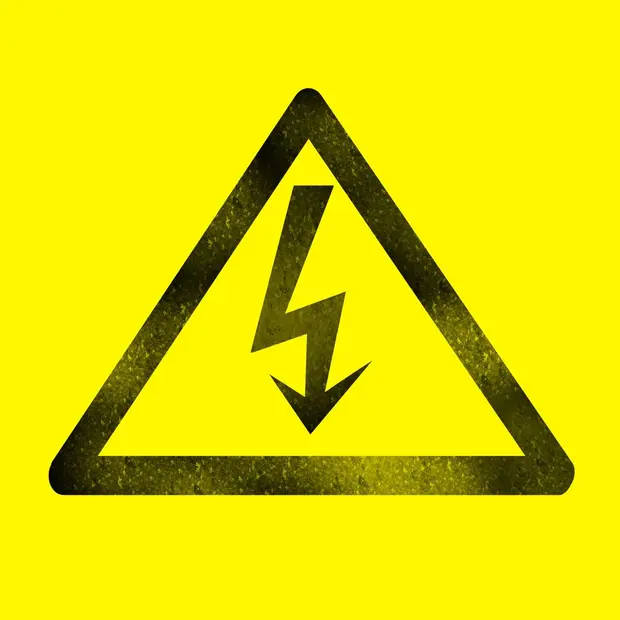
Short Circuit:
When electrical current finds a shortcut through the circuit and flows freely with little resistance. Wires provide direction and control to the flow of electricity, but not if they are damaged or faulty. Free-flowing electricity in a circuit is dangerous as it creates heat, sparking, and melting. This is why you need circuit breakers – they detect shorts, and trip to protect you and your home.
Ground Fault:
An unintentional electrical connection between a conductor and the ground. For example, if a damaged wire was touching a metal pipe. If you touched the pipe, you could be severely shocked as electricity leaves the circuit.
Section 3 – Electrical safety devices
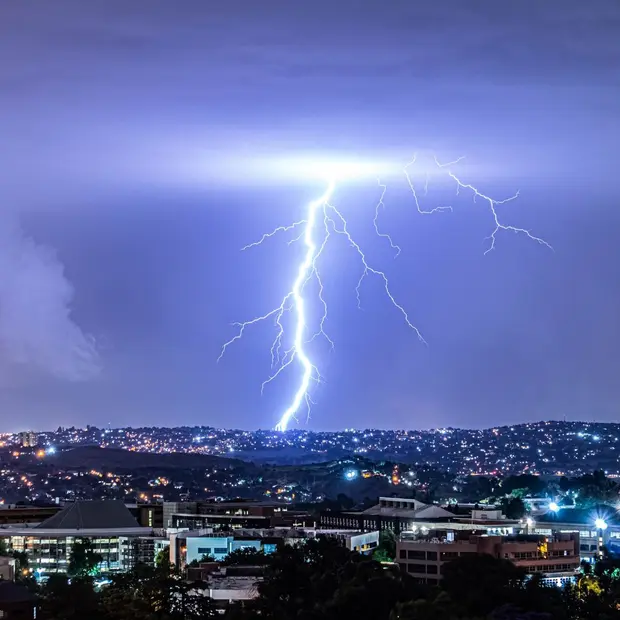
Ground Fault Circuit Interrupter (GFCI):
A safety device that quickly interrupts current flow when it detects a ground fault. GFCIs are installed near wet locations, like your kitchen and bathroom, and outside. When they sense electricity is leaving the circuit, they trip to keep you safe.
Surge Protector:
A device connected to your electrical panel that redirects a surge of electricity away from your electrical appliances. Lightning, transformer malfunctions, and shorts in the power grid can all cause a sudden flood of electricity. Surge protectors can’t protect your electrical system from exceptional surges (like lighting). Still, they can protect your electrical panel from surges in many cases.
We hope these definitions give you some understanding and context to some of the most common electrical terms. If you have any questions about these terms and services, please contact us at (905) 684-6895, by emailing service@kraun.ca, or by filling out the service request form on this page.




